The United Tribes of the Gueta Ko
Structure
The Gueta Ko are the twenty flames. Each flame represents the central fire of one of the twenty tribes that roam and ranch the great sweetgrass sea of the Sakakuisy. Each tribe is led by an Eipaa and each Eipaa is part of the United Tribal Council, the oligarchy that controls the territory and its people.
Each Tribe is split into 30 clans, and each clan has its own ooEipaa as leader. These 30 ooEipaas form their own all-clan-council, which manages the territory that is assigned to each Tribe. They also form the elective body that chooses each new Eipaa for the Tribe when necessary.
The United Tribes of the Gueta Ko equal about 100,000 people, with each Tribe containing around 5,000. There are usually between 100 and 150 people in each of the tribe's 30 clans, or about 15-20 families. All social organization is matriarchal, from the individual family units to the United Tribal Council. Lineage is traced through the mother's clan and tribe and women are considered the embodiment of the Moon Mother, thus afforded great respect within the culture.
Each Tribe is split into 30 clans, and each clan has its own ooEipaa as leader. These 30 ooEipaas form their own all-clan-council, which manages the territory that is assigned to each Tribe. They also form the elective body that chooses each new Eipaa for the Tribe when necessary.
The United Tribes of the Gueta Ko equal about 100,000 people, with each Tribe containing around 5,000. There are usually between 100 and 150 people in each of the tribe's 30 clans, or about 15-20 families. All social organization is matriarchal, from the individual family units to the United Tribal Council. Lineage is traced through the mother's clan and tribe and women are considered the embodiment of the Moon Mother, thus afforded great respect within the culture.
History
For many years after the devastation of the Foaba, humanity on the Island was nothing more than broken and lost wanderers, grouped into small bands of strangers in order to survive. Eventually, strong and charismatic leaders stepped forward to help lead people back into some semblance of civilization. The first of these was Kyn Rämwar, who eventually became the first king of Bramin - but that's a story for another time.
After the people of Bramin began organizing themselves into greater numbers with more structure and resources, they became more of a threat to the autonomy and agency of the peoples living on the other side of their borders. Over time, these peoples began gathering into familial-based clans, and then into tribes, in order to protect themselves and the land they claimed as theirs. These tribes were mainly nomadic, following their herds of uru and horses across the great grass sea, as they relearned how to tame and manage the livestock that had been left to the wild after the Foaba.
Eventually, as the Kingdom of Bramin became a dominant force, and as the peoples on the other side of the Island began to move toward creation of the country of Tayon Ke, the tribes felt the pressure of needing more structure in order to maintain their place in things - specifically to manage trade and resources.
In 115fa, each of the twenty tribes agreed to send representatives to the Skemax for the first of many discussions about an alliance between them. Over the next two years, the details were refined, territories defined, and covenants signed. During the full moon in the final month of 117fa, the first United Tribal Council met, and under the solemn gazes of the Shampo and the Moon Mother, became the Twenty Flames.
Territories
Territorial Management
The tribes of the Gueta Ko control all of the Sakakuisy, ranging from the border of the Che Kycho Quy in the north to the Ayozoisy in the south and west, and to The Atmax in the east.
Each of the tribes has been given management of a certain territory within the Sakakuisy. These land assignments date back thousands of years and have shaped the subculture of each of the tribes. The lines of delineation are proscribed by the ancient aqueducts that wind their way through the Saka - aqueducts believed to have been built by The Muka long before the Foaba.
The specialties of some of the tribes, according to what their assigned territory requires of them (or offers to them) are as follows. These tribes do some ranching, but only enough to provide for their own needs.
- The Uru tribe controls the area that contains the Skemax, and thus plays host to the council whenever it meets, as well as caring for this most sacred site.
- The Bat tribe controls the area on the eastern bank of the Bat Sye, at the edge of the great forest and thus control all trade that moves up and down the river, and in and out of the Saka through this waterway.
- The Feo tribe controls one of the largest territories, and thus plays host to the annual Heopko, during which all of the tribes gather to honor the Moon Mother, to share news and information, and to buy and sell resources.
- The Syske tribe controls one of the central territories of the Saka and their land encircles the great Issyske reservoir from which most of the aqueducts run. They are caretakers of this most important resource as well as the most knowledgable about the aqueduct system, and their clans are often found traveling throughout the other territories, repairing and maintaining the health of the waterways.
- The Nygua tribe controls the only territory that does not have any water source, and thus are unable to do much ranching. They have created cisterns that catch rainfall during the wet season and use this to provide for their own needs. Their land borders The Atmax, and is the only place along that desolate expanse where there are routes maintained to connect into and out of Tayon Ke. All of the trade that happens between the tribes and the people of Tayon Ke is controlled by the Nygua clans.
- The land of the Yp tribe is the only piece of the Saka that shares a border with one of the Quyata permanent settlements, thus the Yp people manage all trade that moves into and out of the forest - most especially medicinal plants and the wood needed to create the tent supports that all of the roaming clans need.
- And finally, the Quyecho tribe, has developed over the centuries into the only thing close to a military that the Gueta Ko have. They do some border patrolling of the territories that abut other countries, but most of their time is spent in mediating disputes between tribes or the clans within them.
Agriculture & Industry
In the Tribes whose main occupation is the raising of livestock, each family owns a herd of around 50 uru, 50 horses, and about 10 herding dogs. All together, The Gueta Ko own approximately 500,000 uru, 500,000 horses, and 100,000 dogs.
Uru
a type of very large bovine, provide milk and its by-products to the people of the tribes, as well as hide and hair for clothing, tents, etc. Any excess of these products can be sold. The uru themselves are also occasionally sold to farmers in Bramin to be used as farm-working animals.
Horses
The horses bred and raised by the Gueta Ko are the best on the Island and there is intense competition among buyers to get them. They are primarily riding stock, although can also be used to pull carriages and wagons.
Biany
a specific type of herding dog used by the tribes to help manage their uru herds, are mostly kept within the clans, but an occasional abundance allows for some to be sold to outsiders.
A Map of the Tribal Territories

The Embers of Twenty Flames Rise to the Sky as One
Founding Date
117fa
Type
Geopolitical, Nomadic tribe
Alternative Names
Pomuwaeena, The Gueta Ko, The Tribes
Government System
Oligarchy
Power Structure
Confederation
Economic System
Barter system
Major Exports
In addition to the livestock of uru and horses, the grasses of the Sakakuisy also lend themselves to weaving, and the people of the Gueta Ko have developed a vast repertoire of products they make with the woven fronds.
Deities
Location
Official Languages
Neighboring Nations
Ieko
Chis
Soche
Zoia
Aku
Gaka
Tyba
Gifon
Uru
Syba
Gata
Komy
Zhutak
Syske
Nygua
Tyete
Yp
Quyecho
Bat

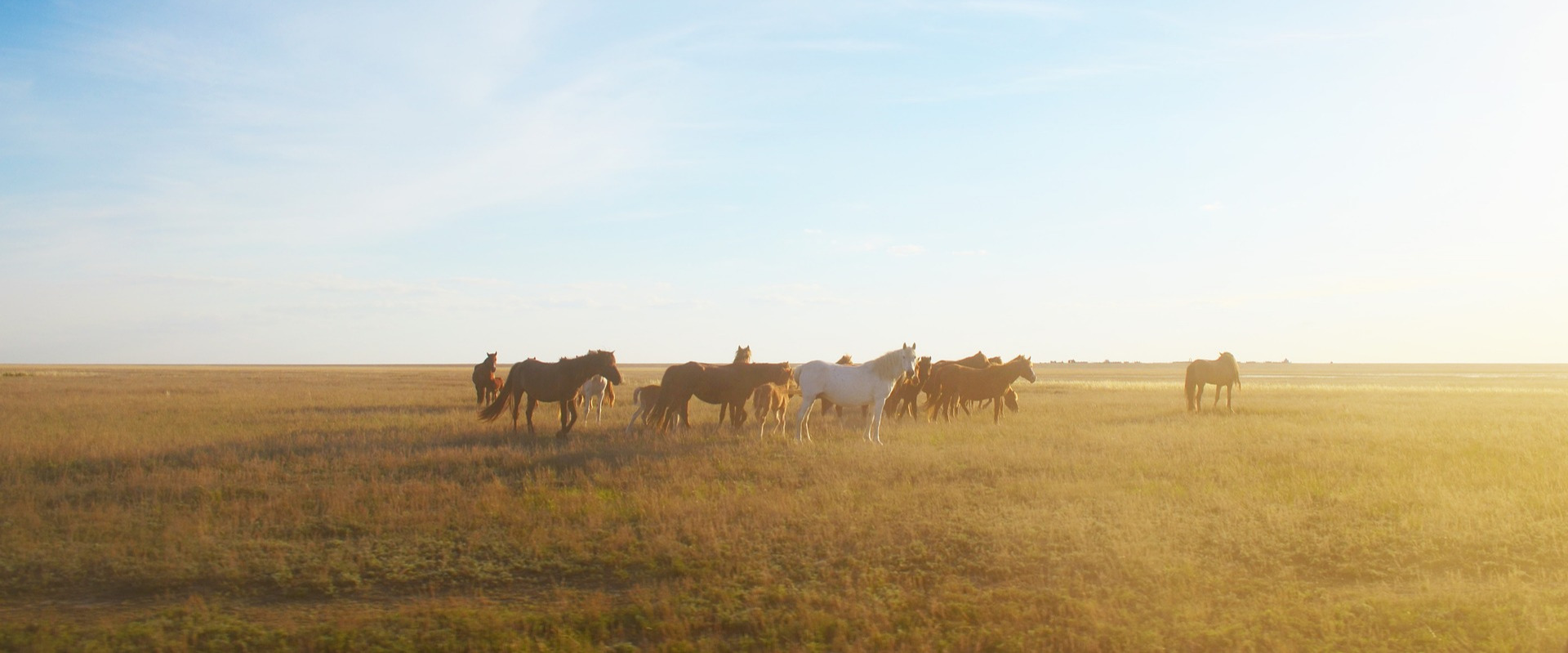
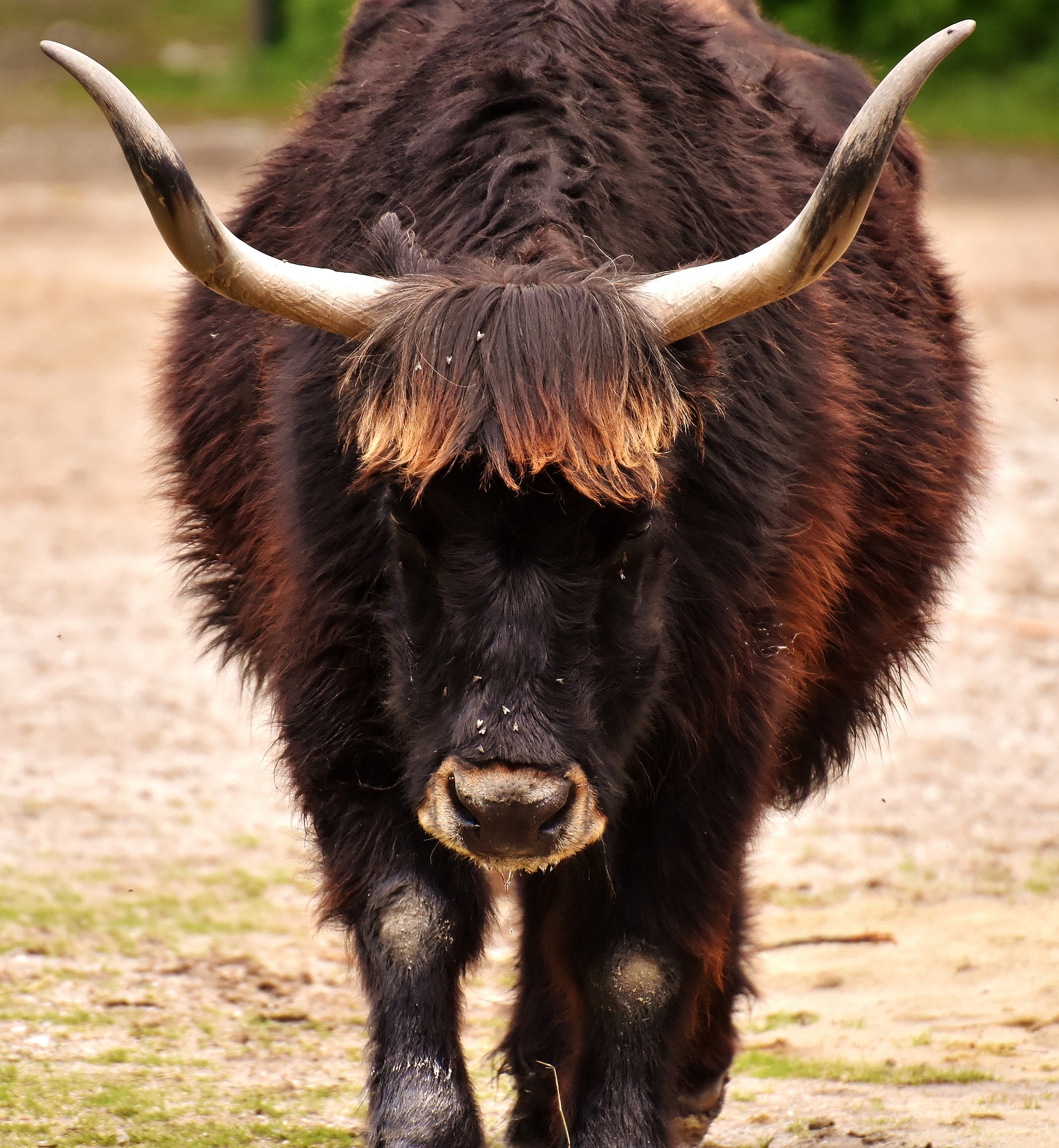
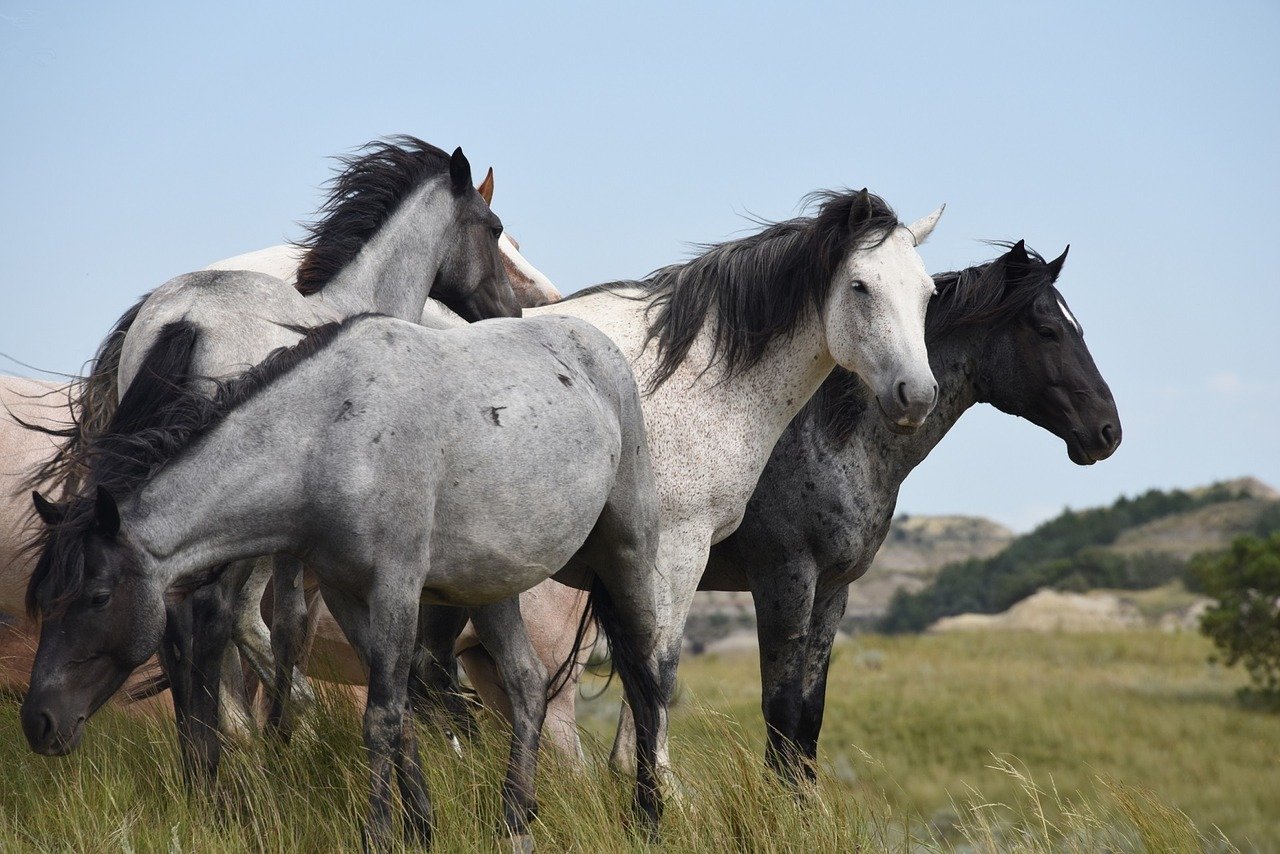
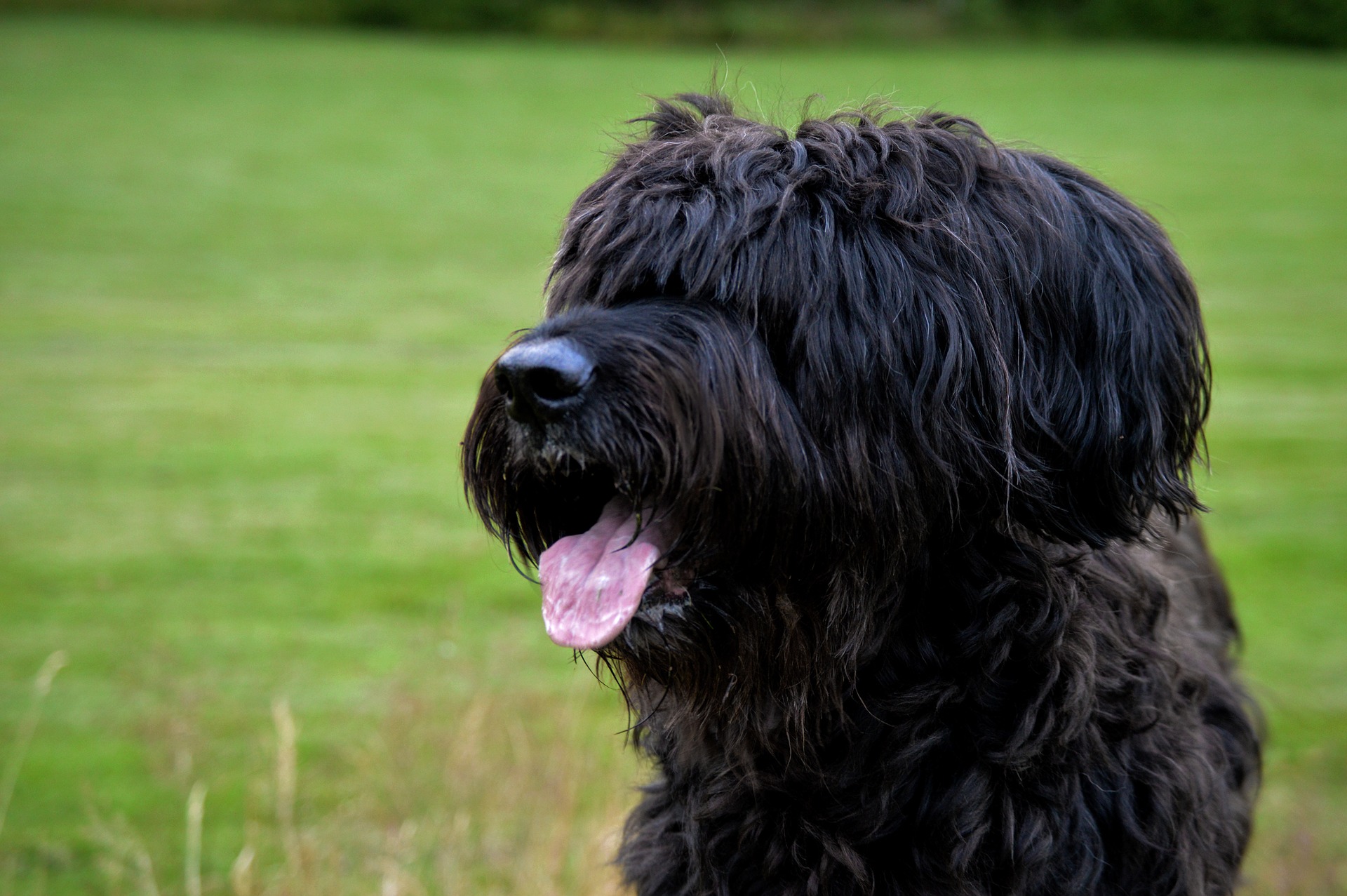
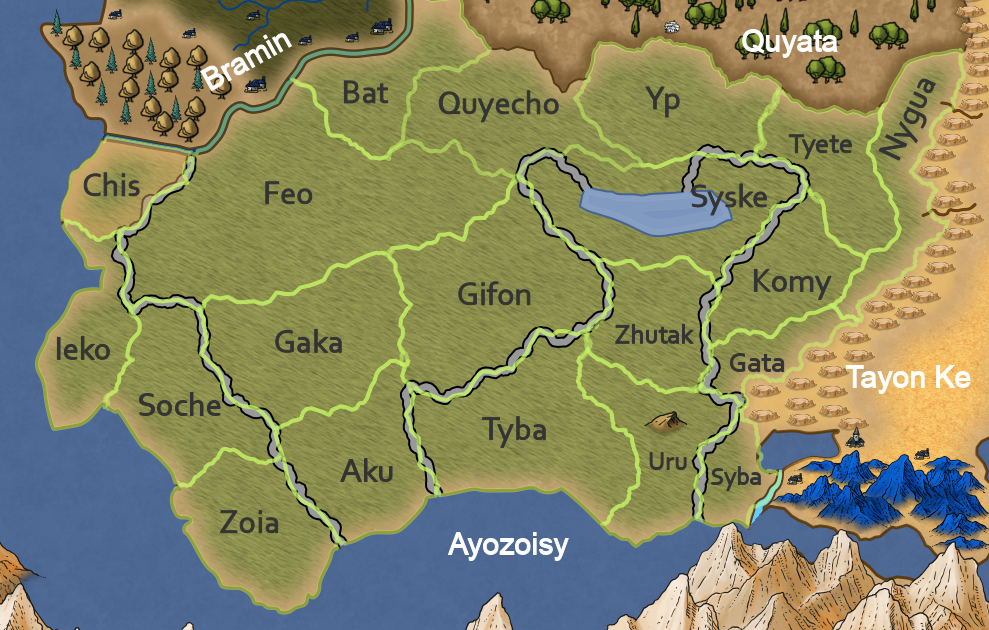
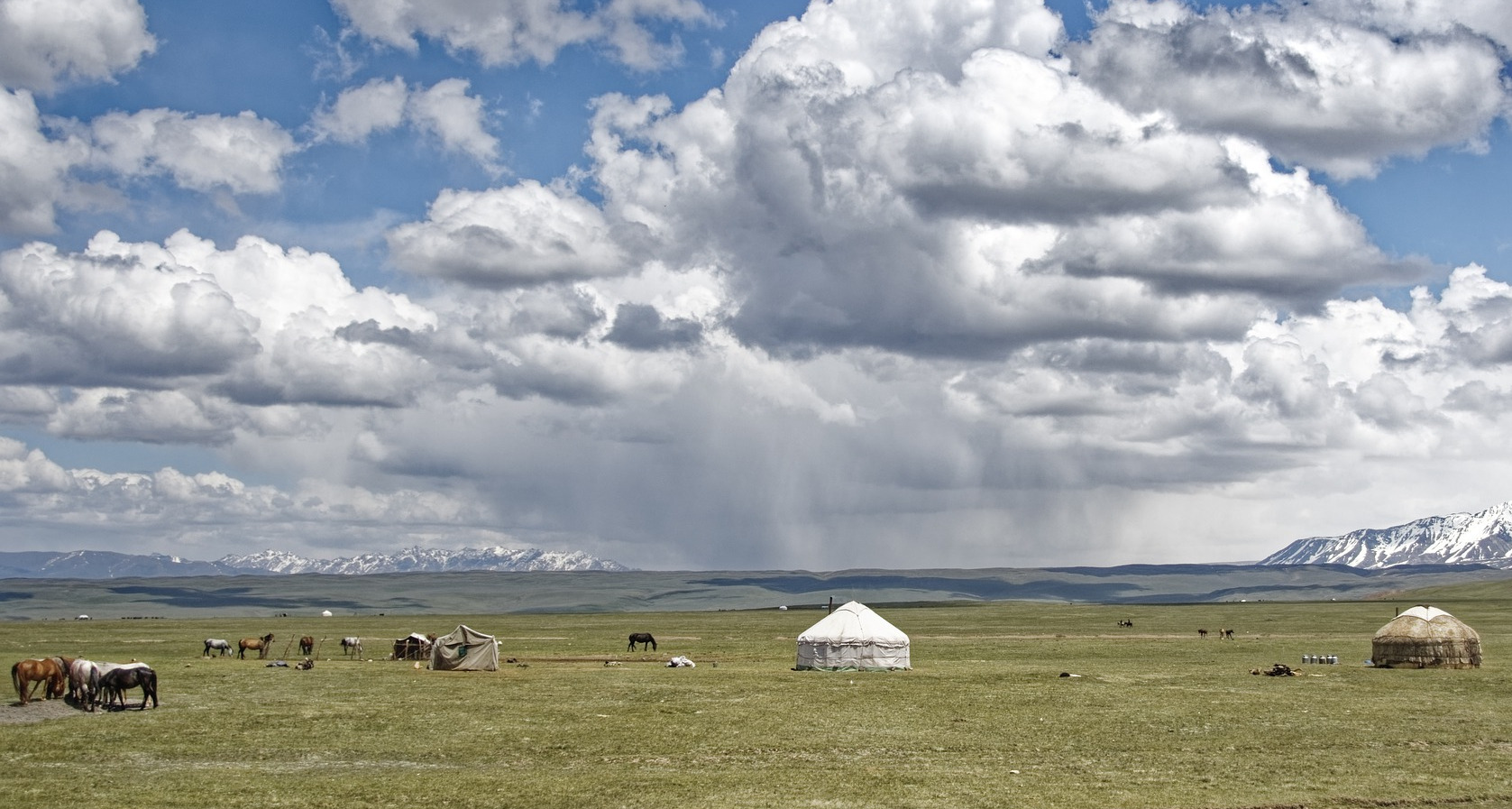
Comments